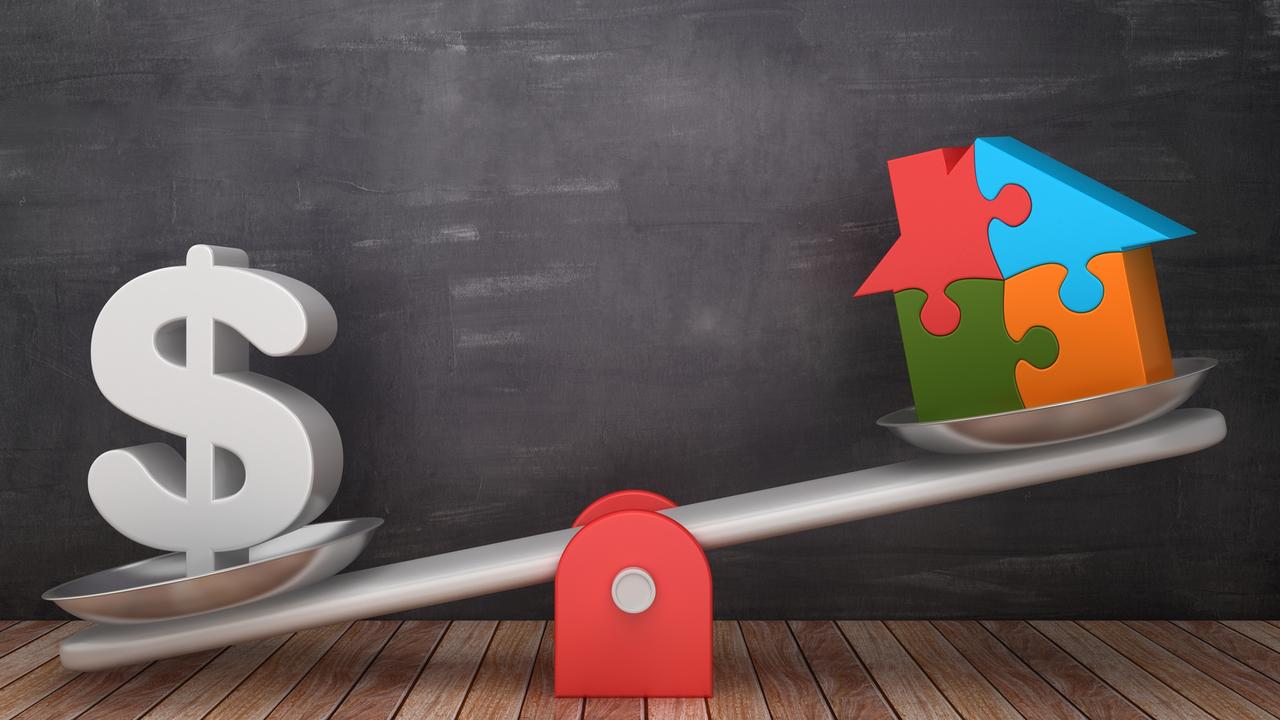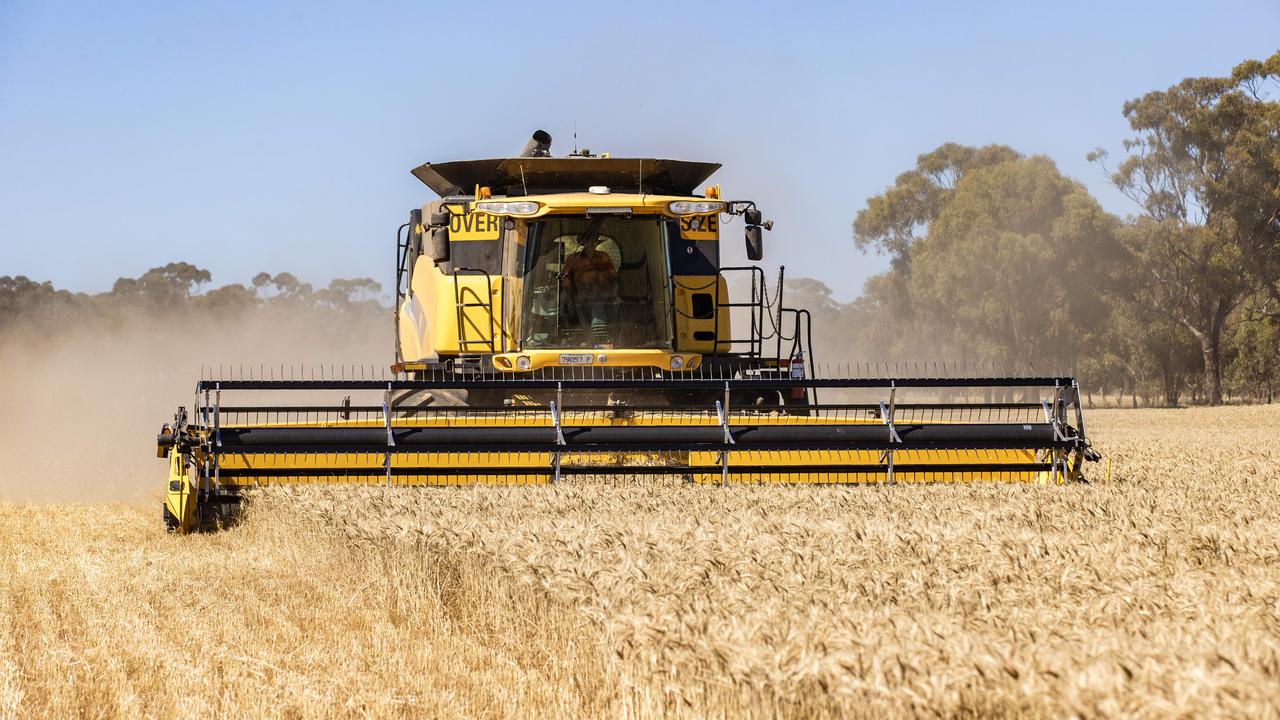Borrowers using credit cards to pay home loans, Pepper Money says
CEO Mario Rehayem says borrowers across the market are coming under pressure after enduring close to a year of a 4.35 per cent cash rate.

Business
Don't miss out on the headlines from Business. Followed categories will be added to My News.
Under-pressure borrowers are starting to use credit cards and personal loans to make their monthly mortgage repayments, in a growing sign of the desperation faced by certain segments of the market waiting for the Reserve Bank to start cutting rates, according to lender Pepper Money.
The company says headwinds are easing following “difficult market conditions” in the first half that pushed its profit down 11 per cent to $46.1m.
Unlike the major banks, which had a high number of borrowers on fixed rates coming in to the rate rise cycle back in 2022, almost all of Pepper’s customers are on variable loans that rose steadily as the RBA lifted rates 13 times in 18 months.
Speaking to The Australian after handing down Pepper Money’s first-half result, which showed lower loan originations, but an expansion in margins in the six months, chief executive Mario Rehayem said borrowers were struggling with higher home loan rates.
“What happens is people start eating into their savings, and then post that, they embark on unsecured lending, like personal loans and credit card debt,” Mr Rehayem said.
“I believe we are starting to enter that zone, which is why you’re seeing, across the board, arrears are starting to tick up.”
The cash rate has sat at 4.35 per cent for nearly a year, much longer than many originally expected, due to stubbornly sticky inflation.
But the latest consumer price index saw headline inflation drop to 3.5 per cent, with some economists and market watchers now tipping the central bank could kick off a rate-cutting cycle as soon as November. Others expect the RBA to remain on hold until 2025.
Mr Rehayem said he did not expect rates to move lower this year.
“I believe there is an opportunity for the RBA to think about dropping rates, but I don’t see it happening anytime soon. 2024 is maybe more of a hold than anything else,” he said.
The non-bank lender wrote $1.8bn in new home loans over the six months through to June 30, a 6 per cent lift on the prior corresponding period. But asset finance originations slumped 19 per cent, to $1.4bn, as the market softened following the federal government’s move to remove tax incentives.
Pepper’s total assets under management at the end of June stood at $19.3bn, a 2 per cent lift on the year prior, but down 2 per cent on the December half.
Net interest margin, meanwhile, was flat from last year but expanded 11 basis points on the December half, Pepper said.
“Our performance over the first half of 2024 has been strong, with mortgage volume increasing and total NIM expanding. This was achieved despite uncertain market conditions and the weakness in consumer and business confidence,” Mr Rehayem said.
“I do feel that the headwinds are easing, and as a business we feel confident as we move through 2024. We are prepared to capture more opportunities as they become available,” he added.
The board declared an interim dividend of 5c a share, up from last year’s 3.5c.
Pepper shares were up 3 per cent at $1.40 in afternoon trade.
Originally published as Borrowers using credit cards to pay home loans, Pepper Money says







